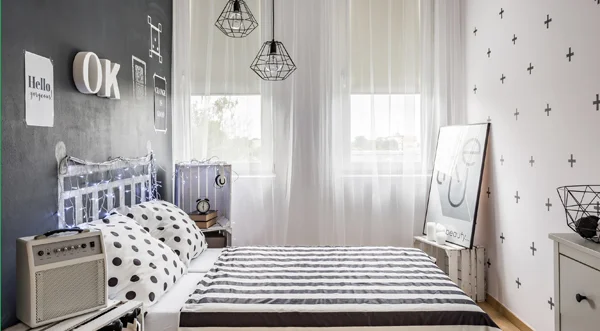Downsizing? Here’s how to capitalise on your smaller digs
By Tammy Adamson-McMullen
More people than ever before are looking to downsize. Recent surveys and news reports show that more than a third of Americans want a smaller home, as baby boomers retire and millennials experience sticker shock from the current inventory of expensive housing.
You may be one of them. If so, you’ve undoubtedly considered the advantages of downsizing (a simpler lifestyle, less home maintenance and upkeep, and a potentially smaller mortgage) and the challenges (limited storage, less space for entertaining and a feeling of being “cramped”). But the transition can still be a difficult one. Here are some suggestions for helping you capitalise on your new, smaller digs.
Get Ruthless!
First and foremost, you’ll have to make some hard decisions about what furnishings, decorative accessories, memorabilia and other items you can live without. The best advice? Get ruthless! Take with you only those items that, to quote Marie Kondo, bring you real joy. Give the less joyful items away, so that you enter your new home feeling fresh and uncluttered.
Furnish Appropriately
If your budget allows, consider purchasing best small-profile furnishings. Many top furniture makers offer small-profile sofas, chairs, occasional tables and other furnishings—sometimes called “apartment furniture”—that offer a smaller footprint and premium comfort. Some of these lines are custom; others come with a subscribed set of fabrics and designs. Either way, purchase furnishings that tie in with your paint, wallcovering, window treatments and overall décor.
Use Walls and Ceilings
Floor space is at a premium in a smaller home, which means you need to make good use of wall and ceiling space. This is where shelving comes into play. One of the more unique shelving systems is pulley-mounted and has free-floating shelves that can be pulled down from the ceiling for easy access and then pulled back up again when not in use. Install shelves wherever you need a bit more storing space—especially in the kitchen and closets.
Murphy beds and tables, which fold up against the wall when not in use, are other great space-savers. You can purchase these items or make them yourself, using tutorials from the internet. If you occasionally need extra dining chairs for guests, store them on hooks in the garage or use folding chairs that can stack in a closet.
Accessorise with Care
As you accessorise, limit knick-knacks to a cherished few, as cluttered tables and spaces will only make your space appear smaller. Also, select lamps that, like furnishings, have a small footprint. This doesn’t mean you should skimp on lighting! In fact, the opposite is true. The more lighting you have in a space, the larger the space will appear. Use mirrors to further reflect the light and to create an illusion of space. Last but not least, limit your number of area rugs. It’s better to have one well-placed rug in a room than a jumbled collection.
Paint Judiciously
As you paint, plan colours well so they don’t visually close in your spaces.
To make a space appear larger, paint the walls, trim and accents in monochromatic colour schemes—i.e., charcoal gray walls with lighter gray trim, window sills and sashes.
White-on-white paint schemes can enlarge a space, too—especially if you use a range of colours, as described in Tip #1 and accent them with brightly coloured upholstery, linens and other furnishings. The high contrast has an enlarging effect.
Try painting a colourful accent wall. Paint a long wall to create an illusion of width, a short wall to create an illusion of depth.
Conventional wisdom says that dark-coloured walls can make a space feel smaller—not necessarily true if the room has abundant natural and artificial light. If you want darker colours but aren’t sure, select mid-tones instead.
Last but not least, always sample paint colours before launching into a project. If you’ve never lived in a smaller space, you may need to experiment first.
Don’t Forget the Wallpaper
Wallpaper also can make your home appear larger. As with paint, you can either wallpaper an entire room or just an accent wall to visually enlarge the space. When choosing patterns, avoid small ditsy-dot patterns and go for larger images with a lot of negative space in the background. This may seem counterintuitive, but the larger images and backgrounds will create a feeling of openness. If you install wallpaper only as an accent wall, be sure to keep the paint colours in the rest of the room clean and simple.
Simplify Window Treatments
Shades and blinds are perfect for a small space because they generally are made to fit inside the window casement and don’t protrude into the room. For some pizzazz, opt for a more elaborate treatment—maybe a Roman shade or a wooden blind with decorative cloth tapes—and pair it with a cornice or valance. Tip: Design the top treatment with a little more depth than you need and then install it well above the shade or blind to give the window a perception of greater size.

